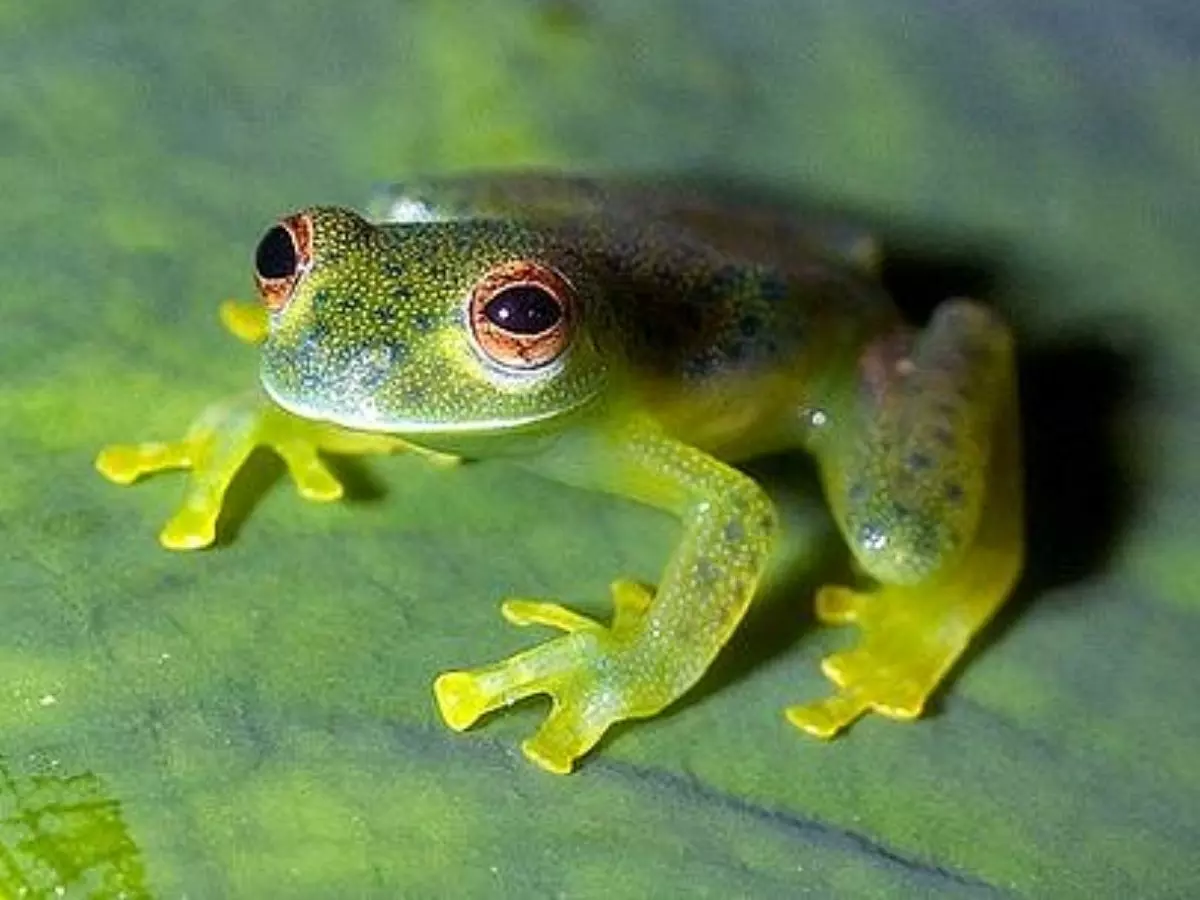Glass Frogs Wave Arms, Legs & Bob Heads To Signal Mates In Noisy Environments
The mating calls for the frogs weren¡¯t recorded before due to their rare, secluded presence, however, when one Rebecca Brunner, a PhD student at UC Berkeley (the first author of the paper) finally found one, she was surprised to see how it functions.

Nature is beautiful, and even though sometimes it can be brutal, it always finds a way to make things work. Such is the case of a species of Ecuadorian glass frog and how they¡¯ve adapted to living in a loud environment.
 Getty Images
Getty Images
It is no secret that frogs croak to get noticed, but if there is a lot of noise in the environment, these croaks can go unheard -- environments like waterfalls or rivers. To circumvent this challenge, these frogs have evolved to supplementary advertising techniques -- basically visual actions -- to get noticed.
This is according to recent research published in Behaviour Documents that has documented this novel strategy in the glass frog family of Sachatamia Orejuela -- a species that are only found in Ecuador and Columbia.
The mating calls for the frogs weren¡¯t recorded before due to their rare, secluded presence, however, when one Rebecca Brunner, a PhD student at UC Berkeley (the first author of the paper) finally found one, she was surprised to see how it functions.
She said, ¡°I was already over the moon because I had finally found a calling male after months of searching. Before our publication, there was no official record of this species¡¯ call, and basic information like that is really important for conservation. But then I saw it start doing these little waves, and I knew that I was observing something even more special.¡±
She saw the frog wave its hands and feet and move his head in a particular fashion and while recording this, she saw another frog do the exact same thing, a few metres away.
 YouTube: UC Berkeley
YouTube: UC Berkeley
Brunner added, ¡°This is a really exhilarating discovery because it¡¯s a perfect example of how an environment¡¯s soundscape can influence the species that live there. We¡¯ve found that Sachatamia Orejuela has an extremely high-pitched call, which helps it communicate above the lower-pitched white noise of waterfalls. And then to discover that it also waves its hands and feet to increase its chances of being noticed¡ªthat¡¯s a behaviour I¡¯ve always loved reading about in textbooks, so it is beyond thrilling to be able to share another amazing example with the world.¡±
Brunner also revealed that there are quite a few frog species that are known to use such visual signalling along with high-pitched calls, but what¡¯s surprising is that they¡¯re not as closely related to each other, which indicates it likely evolved independently with the response to similar environments.
